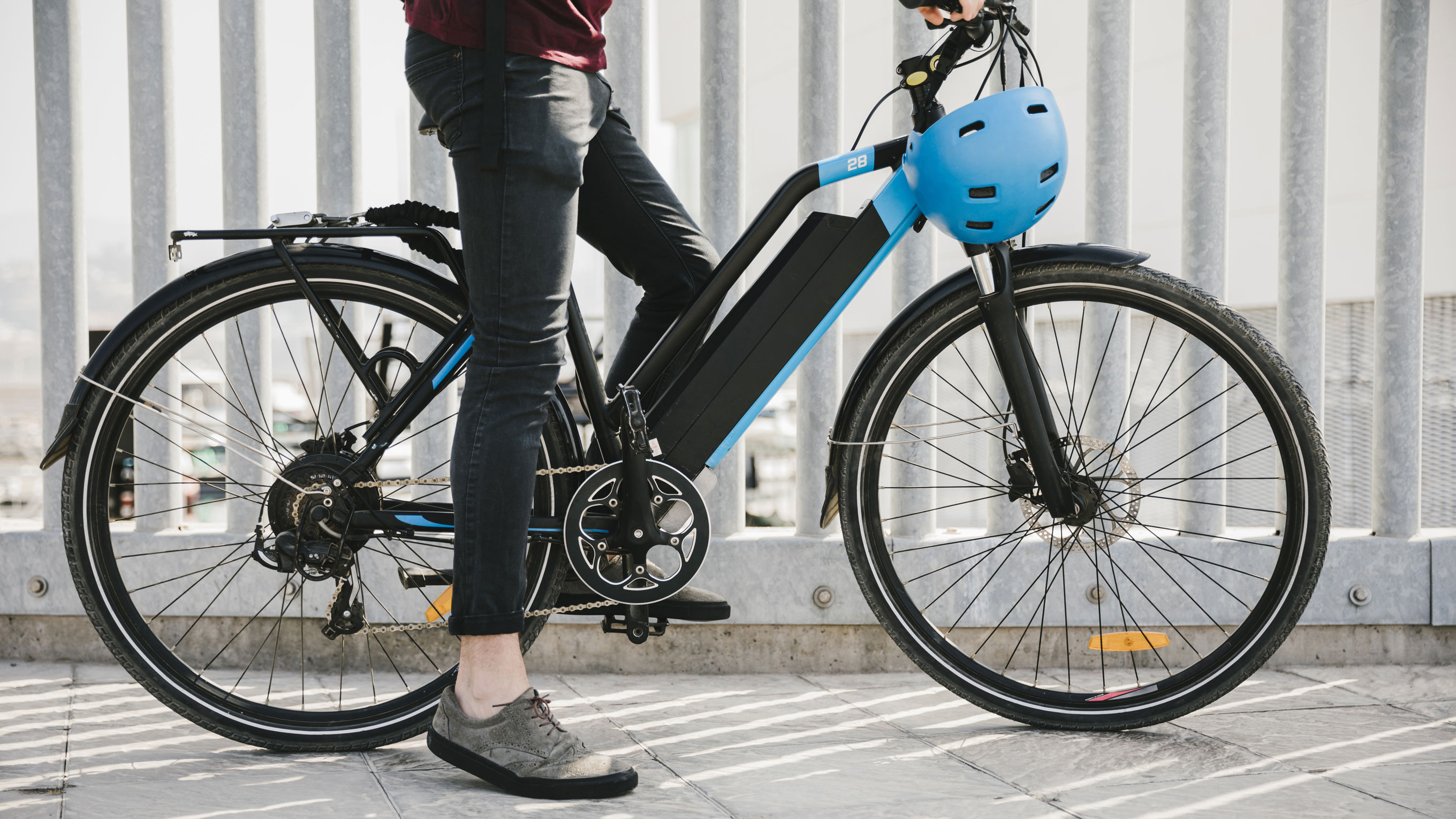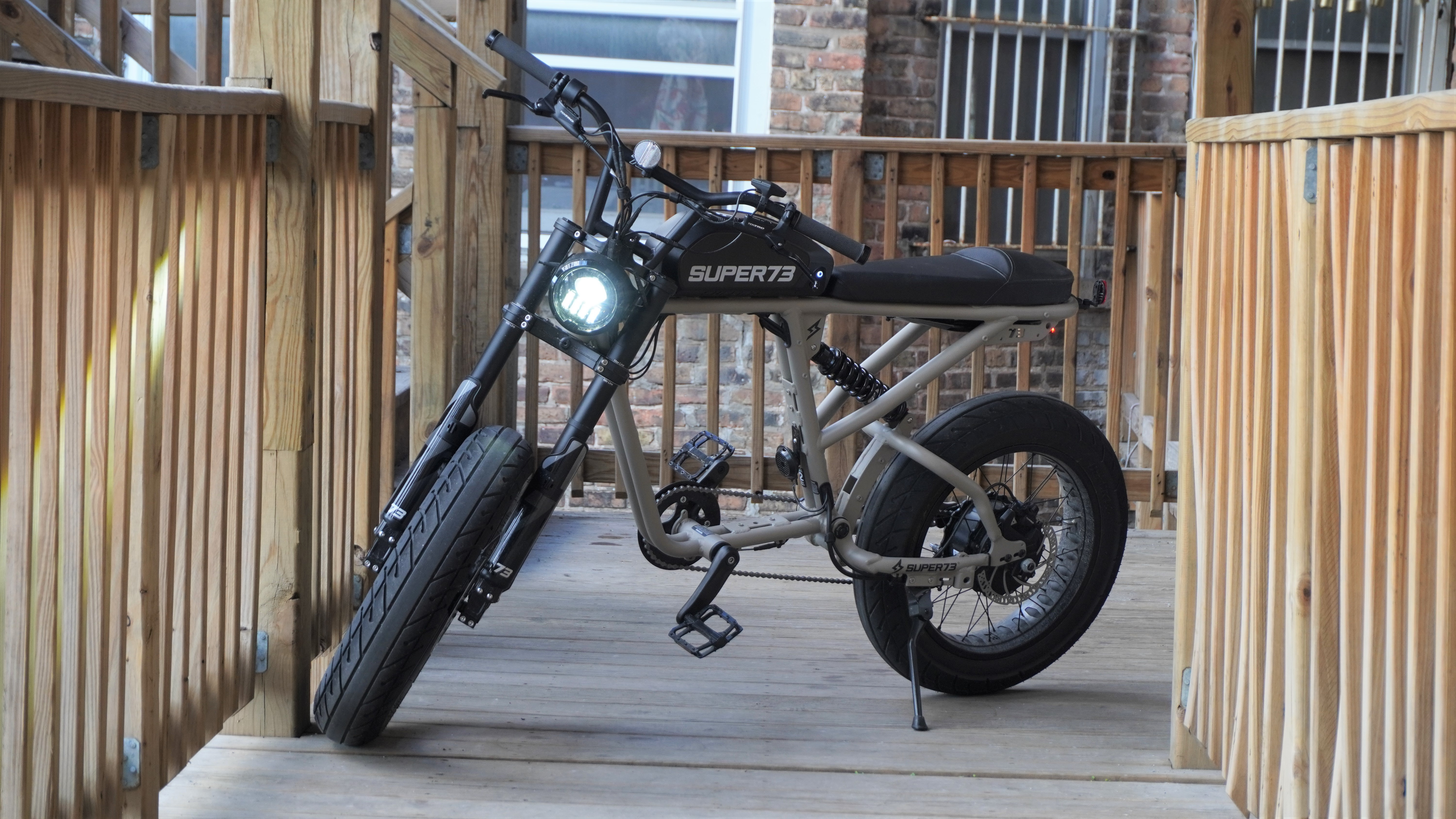How fast is an electric bike: A guide to e-bike classes
Slow your roll – it’s the law

Not all e-bikes are created equal. While the guarantee of an e-bike is that you’ll get some sort of electrical system and motor to put a little extra power into the ride so you can go faster or further with less effort, there are a ton of variables that can affect the ride. Hardware aside, one of the quickest ways to get some sense of an e-bikes capabilities (or limitations) is to understand how it fits into the e-bike class system.
The e-bike class system provides details on the speeds and driving method of an ebike, and has been adopted as a means of regulating e-bikes and folding e-bikes that share roads and trails with other automobiles and pedestrians.

Class 1: 20mph, pedal-assist only
Class 1 e-bikes are the simplest of the bunch. These bikes use only pedal-assist, so the motor only activates when the rider is actively pedaling. There is no throttle to run the motor. Importantly, Class 1 e-bikes also have a top speed of 20mph on motor power.
As these classifications only set an upper limit, it’s possible to find Class 1 e-bikes that don’t actually achieve a 20mph top speed. It’s also worth noting that this e-bike classification system doesn’t relate to the motor’s power rating, so both a 250W and a 750W e-bike could be Class 1 e-bikes, but the latter would likely offer significantly faster acceleration.
A great many e-bikes you’ll find will be Class 1. As many regions have e-bike regulations on the books, the surest way to have a bike that can sell everywhere without running afoul of the law is to meet the lowest common denominator. That’s not to say there aren’t excellent Class 1 e-bikes. The Specialized Turbo Vado 4.0 is an exceptional ride, but it won’t run the motor beyond 20mph.
If you want to go faster, e-bikes will allow you to pedal faster than 20mph, as we experienced with the Marin Sausalito E1, but they will not provide any motor assistance at that point. The sudden drop off of motor power can feel like getting hit with a headwind that makes it an extra struggle to accelerate beyond that speed cap.

Class 2: 20mph, pedal-assist and throttle
Class 2 e-bikes aren’t so different from their Class 1 siblings. The only difference is that these e-bikes can operate using either pedal assist or a throttle. Whether pedaling or using the throttle, the bike will still limit its speed to 20mph using the motor.
Sign up for breaking news, reviews, opinion, top tech deals, and more.
The availability of a throttle can be handy for cyclists who may have trouble getting an e-bike started from a standstill or struggle to climb a hill. As many e-bikes use cadence sensors that only engage the motor after the pedals have spun around some and base that assistance on how fast the pedals are spinning, this can mean that the motor is slow to come on from a standstill and will provide less assistance when going slowly (as up a hill). By having the throttle handy, you can tell the bike to maximize the assistance as needed. The throttle can also make for a leisurely ride or even allow a cyclist to ride on a bike with a broken chain if their bike uses a hub drive.
Not all throttles work the same, though. The MiRider One, for instance, has a throttle that provides a burst of speed or can maximize boost while pedaling, meanwhile something like the Detroit Bike E-Sparrow has a throttle that can run constantly. The former’s throttle system blurs the line between Class 1 and Class 2 while the latters throttle clearly lands it in Class 2 territory.

Class 3: 28mph, pedal-assist only
Class 3 steps up the speed limit to 28mph, however it only allows the bike to exceed 20mph running in pedal-assist. Many e-bikes the meet the Class 3 specification won’t include a throttle, but a good many of the e-bikes that blur the line between e-bike and moped, like the Super73-R Brooklyn and Juiced HyperScrambler 2, still have a throttle.
By having both a throttle and pedal assist function, these e-bikes have the potential to switch between classifications. After all, there’s no reason a bike that’s capable of going 28mph shouldn’t also be able to limit itself to 20mph to meet a different region’s regulations.
Once again, its worth noting a Class 3 designation doesn’t mean an e-bike will achieve 28mph. For instance, the excellent Ride1Up Roadster V2 is a Class 3 ride that has a 24mph top speed. Because it exceeds 20mph, it bumps up into this higher classification.
Outside of specification
Not all e-bikes stay within this e-bike classification system, which also has a hard cap of 750 watts from the motor. These e-bikes may stay entirely outside of the system or could blur the lines, as with the Super73-R Brooklyn, which can operate within any of the three classes or switch to an off-road mode that removes the speed limits for both pedal-assist and throttle use.
Bikes that go faster than 28mph run the risk of running against law if they’re operated on public roadways or trails. While state rules on e-bikes vary, they generally operate within the three-class system or are more restrictive. People for Bikes provides guidance on the rules regarding e-bikes for each state.
Rules in other countries
While the e-bike classification system is gaining popularity in the United States, it doesn’t have as much relevance worldwide. The EU and UK don’t need more classes because they’re more strict about e-bikes. In the UK, e-bikes can’t have more than 250-watt motors (basically the lowest power you’ll find in the US) and can’t exceed 15.5mph on motor power. Anything above that is classified as a motorcycle or moped and must follow those rules and regulations.
The EU imposes that same 15.5mph cap. This isn’t to say you can’t get a faster e-bike in the UK or EU, but you’ll have to treat it more like a moped or motorcycle, and that’ll come with its own set of extra costs on top of the premium e-bikes command over their analog counterparts.
In Australia, an e-bike may not generate over 200 watts of 'ungoverned' power (i.e. without pedaling) or 250 watts of pedal-assisted power.

Over the last several years, Mark has been tasked as a writer, an editor, and a manager, interacting with published content from all angles. He is intimately familiar with the editorial process from the inception of an article idea, through the iterative process, past publishing, and down the road into performance analysis.